Filter News
Area of Research
News Type
Date
Media Contacts
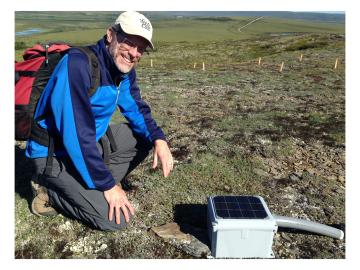
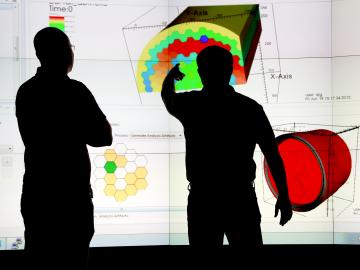
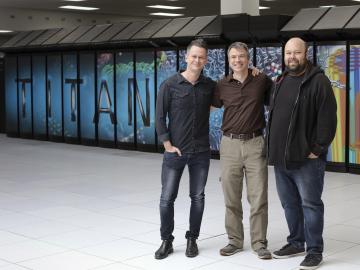
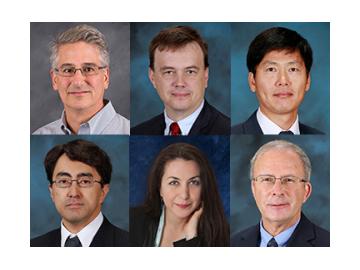
Six researchers from the Department of Energy’s Oak Ridge National Laboratory have been elected fellows of the American Physical Society (APS). The APS is one of the largest physics organizations in the world with more than 51,000 members in academia, government an...
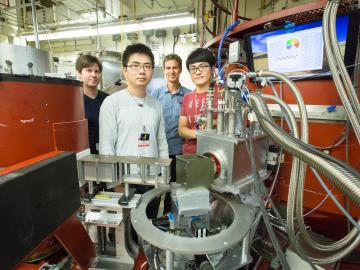
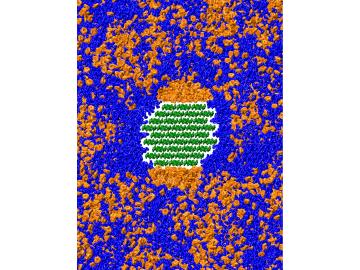
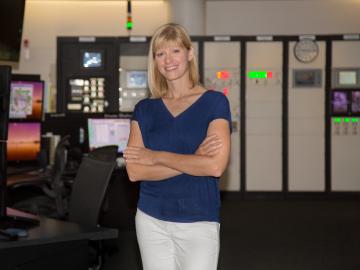

Small businesses in the clean-energy sector have another opportunity to request technical assistance from the Department of Energy’s Oak Ridge National Laboratory through the DOE Small Business Vouchers Pilot. “The business voucher program helps small busin...

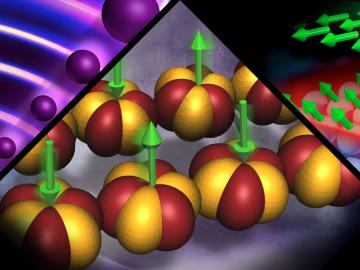
The theories recognized with this year’s Nobel Prize in Physics underpin research ongoing at the Department of Energy’s Oak Ridge National Laboratory, where scientists are using neutrons as a probe to seek new materials with extraordinary properties for applications such as next-generation electronics, superconductors, and quantum computing.




